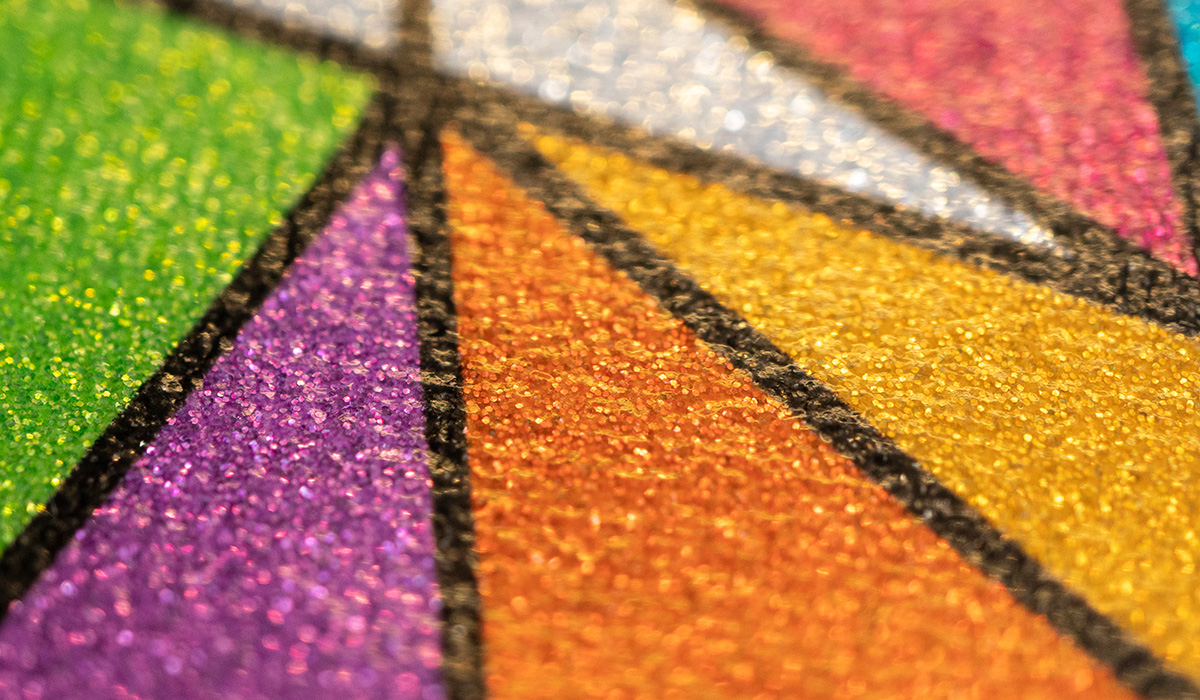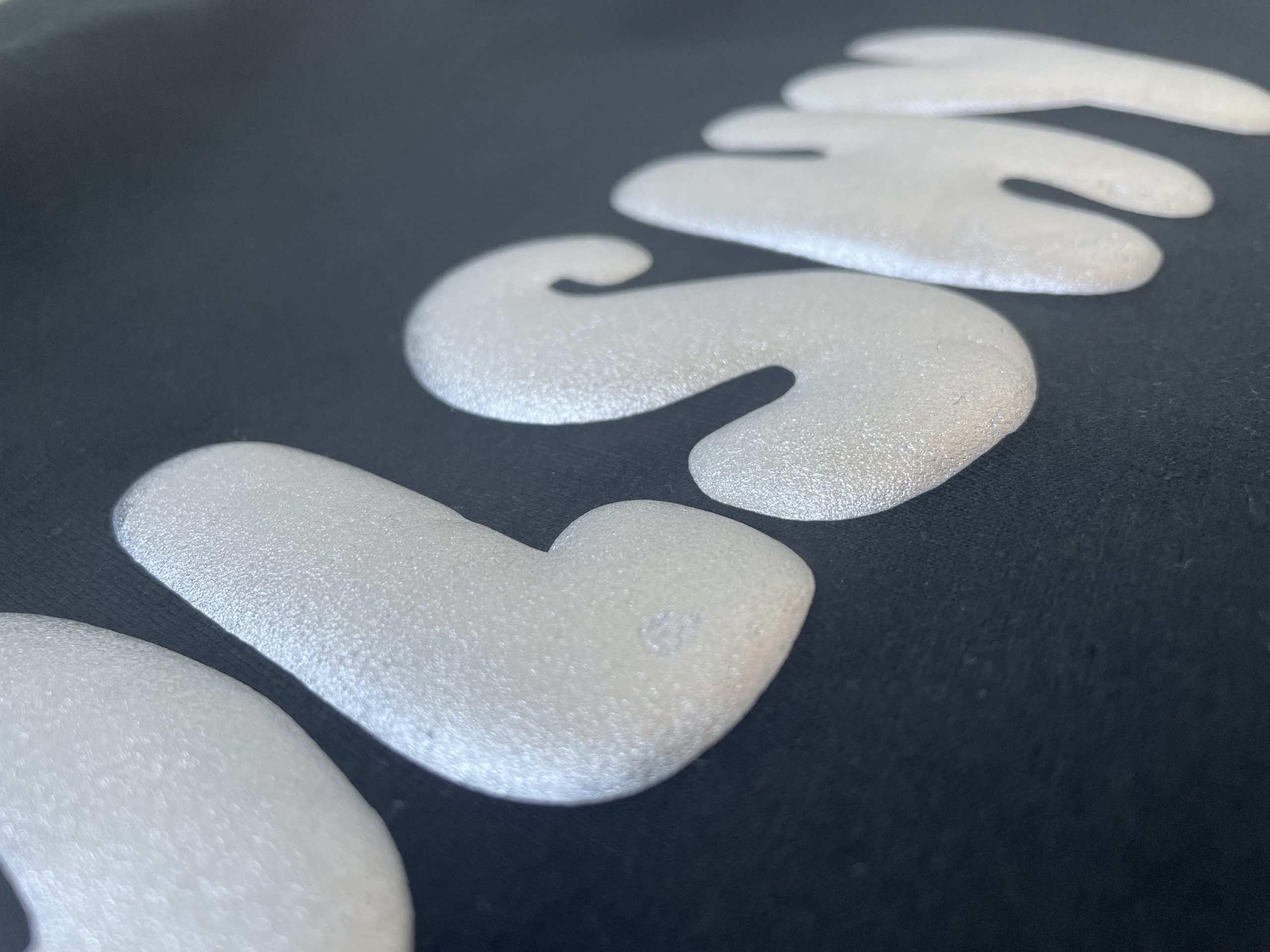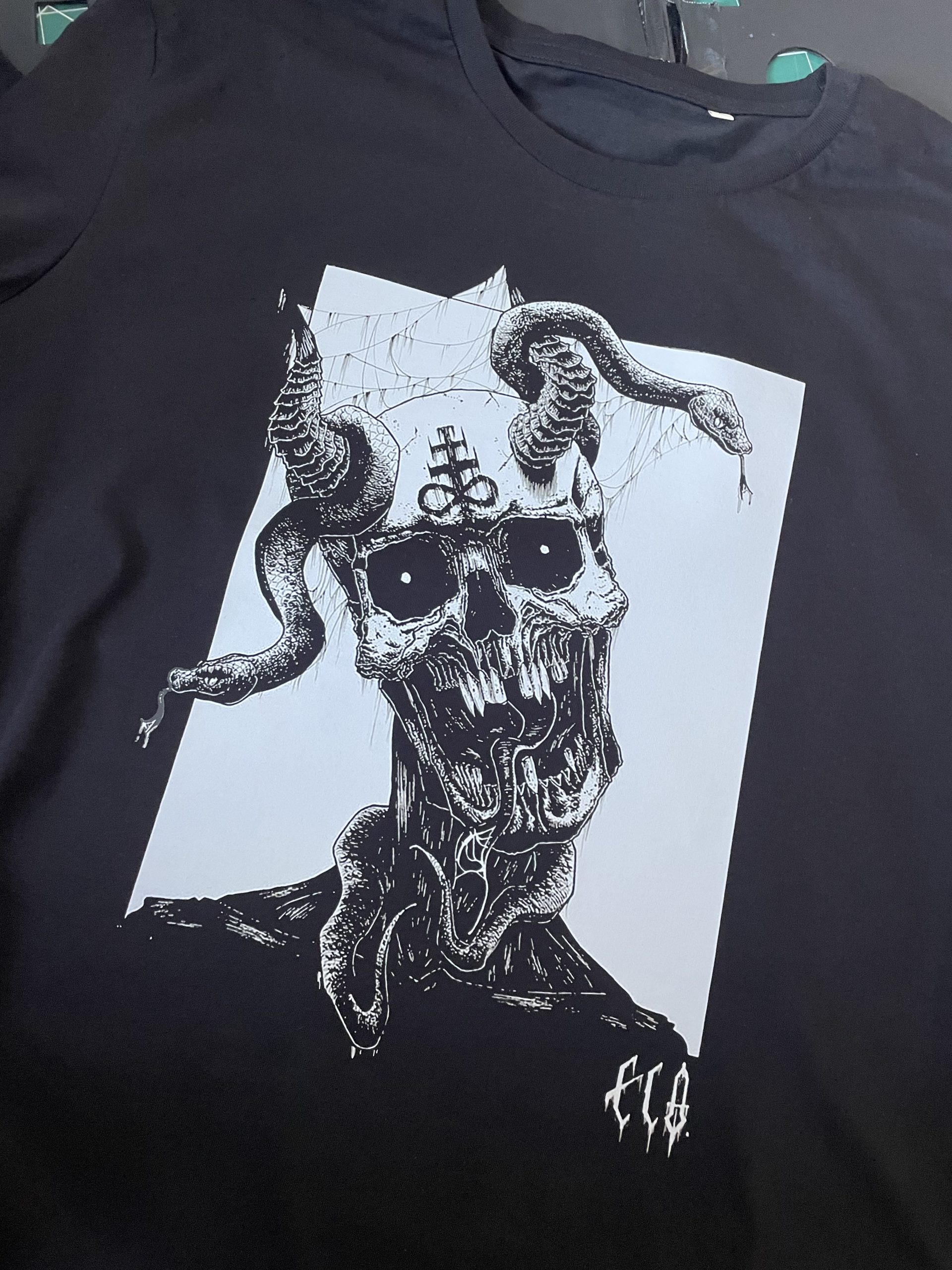
Glitter printing for performance and academies and clubs.
Glitter printing has emerged as a popular and visually striking technique in the realm of fashion, particularly within the vibrant and dynamic world of performance club clothing. The allure of glitter lies in its ability to add a touch of glamour and sparkle to garments, making them stand out under the dance club lights. This article delves into the art of glitter printing for dance club clothing, exploring the various techniques, benefits, design tips, and maintenance practices essential for creating dazzling and long-lasting apparel that captivates audiences on the dance floor.
Introduction to Glitter Printing
When it comes to adding some extra pizzazz to your dance club clothing, nothing quite does the trick like a touch of glitter. Glitter printing for performance academies and clubs is a fun and eye-catching way to elevate your outfit and make a statement on the dance floor.
Glitter has a magical quality that instantly adds glamour and shine to any garment. It’s no wonder that it has become a popular choice in the world of fashion, especially for those looking to stand out and make a bold statement.
Evolution of Glitter Printing Techniques
Over the years, glitter printing techniques have evolved to offer more versatility and durability. From traditional screen printing with glitter ink to heat transfer glitter vinyl application, there are now various methods to achieve that sparkling finish on your dance club attire.
Benefits of Using Glitter Printing for Dance Club Clothing
Adding glitter printing to your dance club clothing comes with a host of benefits that go beyond just looking fabulous. Let’s explore why glitter printing is the perfect choice for those late-night dance sessions. Enhanced Visual Impact on Stage. Glitter prints catch and reflect light, making your outfit truly shine under the dance club lights. Whether you’re performing on stage or tearing up the dance floor, glitter printing ensures all eyes are on you.
Despite its glitzy appearance, glitter printing is surprisingly durable. The prints hold up well to the rigors of dancing and washing, so you can strut your stuff without worrying about your sparkle fading away.
Heat Transfer Glitter Vinyl Application
Heat transfer glitter vinyl application is a versatile technique that works well on a variety of fabrics. By cutting and pressing glitter vinyl onto your clothing, you can achieve intricate designs with a smooth and glossy finish that stands out on the dance floor.
Best Fabrics for Glitter Printing
Choosing the right fabric for your glitter prints is crucial to ensure they look great and last long. When it comes to dance club clothing, selecting the perfect fabric base can make all the difference in how your glitter printing turns out.
Fabrics like cotton, polyester, and blends are ideal for glitter printing, as they provide a smooth surface for the glitter to adhere to. Consider the texture and weight of the fabric to ensure your glitter prints look stunning and feel comfortable on the dance floor. Have a look at our Activewear range https://www.teepig.co.uk/product-category/garment-type/sports-activewear/
For dance club clothing that needs to move with you, opt for fabrics with stretch and breathability. Stretchy fabrics like spandex or elastane allow for flexibility on the dance floor, while breathable materials like mesh or performance blends keep you cool while you heat up the party.
Have a look at our online catalogue http://teepig.fullcollection.com
Design Tips for Creating Eye-catching Dance Club Clothing
Creating standout dance club clothing involves incorporating textures and patterns that catch the eye. One exciting way to achieve this is by using glitter prints. Glitter adds a touch of sparkle and glam to your designs, making them perfect for the dance floor. Experiment with different glitter colors and sizes to create a dynamic and eye-catching look.
Incorporating Textures and Patterns with Glitter
When using glitter for dance club clothing, consider combining it with various textures and patterns. Mixing glitter with other design elements like sequins, metallics, or bold prints can elevate the overall look of the garment. Play around with layering different textures to add depth and dimension to your designs.
Color Combinations and Contrast Techniques
Choosing the right color combinations is crucial when working with glitter prints. Opt for bold and vibrant colors that pop under club lights. Experiment with contrasts, such as pairing bright glitter prints with darker backgrounds or mixing complementary colors for a striking effect. Don’t be afraid to push the boundaries and create unique color combinations that stand out on the dance floor.
Maintenance and Care of Glitter Printed Clothing
To ensure your glitter printed dance club clothing stays looking fabulous, proper maintenance and care are essential. Follow these tips to keep your garments in top condition. When washing glitter printed clothing, turn garments inside out before placing them in the washing machine to protect the glitter from abrasion. Use a gentle cycle and cold water to prevent color fading or damage to the print. Avoid using harsh detergents or fabric softeners that can degrade the glitter. Air drying is recommended to preserve the sparkle and shape of the garment.
Let your style shine bright and sparkle on the dance floor with glitter printing!



